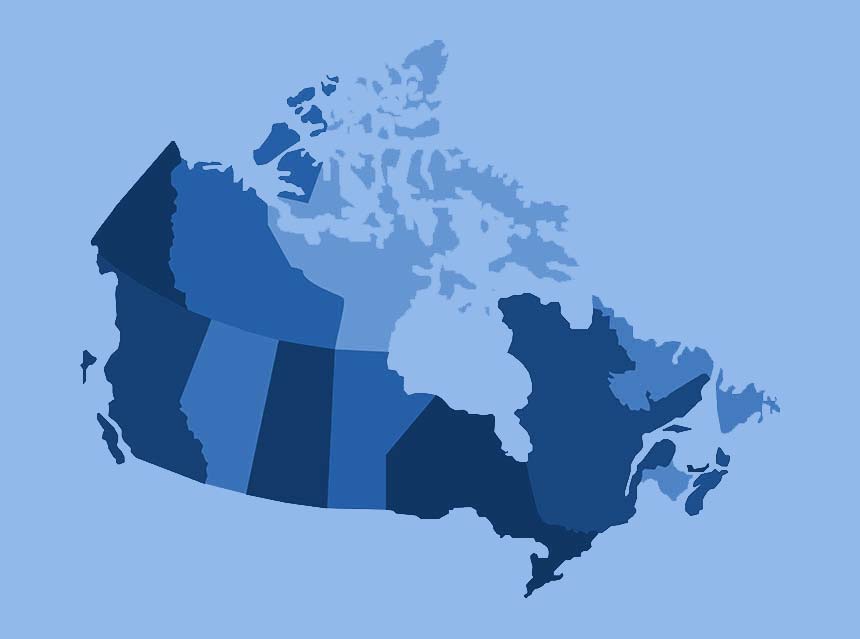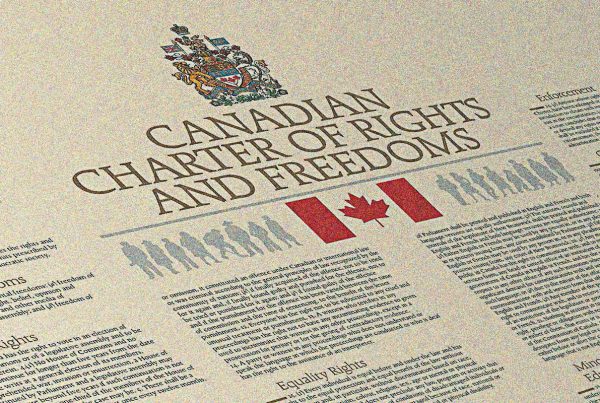May 21, 2020.
The COVID19 provincial and territorial border closures are proving Mackenzie King’s truism that “Canada is a country with too much geography and not enough history.” As the northern Territories and Eastern provinces (save Nova Scotia) compete with each other for Worst Constitutional Neighbour, we at the Canadian Civil Liberties Association head to court this week to challenge recent legislation and executive orders of Newfoundland & Labrador. The Rock’s disdain for witless mainlanders may accordingly spike, although I’ve no doubt it will be done with humour.
I say that these border closures belie history because so many provincial/territorial governments have curbed mobility within Canada notwithstanding that it’s a constitutional right. So sacrosanct a right that no legislature can overrule it with the notwithstanding clause in the constitution. Now why would that be? The answer is history.
That the First Ministers gave mobility its constitutional pre-eminence in 1982 is history enough. But that history was based on Canada’s past, of a nation dominated, democratically, by regionalism. The Dominion of Canada joined its parts in 1867 as a bulwark to balkanization of those regions, because that had always brought out the worst of and for Canada, on innumerable fronts. Thus the Constitution Act, 1867 guaranteed mobility “as if provincial boundaries did not exist,” the Supreme Court of Canada has ruled. The Pacific and Atlantic coasts were connected by rail only after Canada’s confederation, despite regionalism, thanks to a national strategy approved at the polls.
As for modern history, a country so embracing multiculturalism, equality and immigration is trying to unite, not divide, the world and itself. A confederation finally seeking to reconcile with indigenous peoples, moreover, should know better than to claim provincial or territorial lands as their own, to the exclusion of others.
I say that the provincial border closures belie geography not because Canada’s population density is 1/8 of the United States. That’s true but the point is that any violation of a Charter right requires evidence-based justifications of compelling necessity and strict proportionality. The provincial/territorial border restrictions responding to COVID are not based on population density and the need for social distancing, however. It’s based on residency, as if that is necessarily a bad thing.
The bad thing that COVID19 public health policies try to tackle is viral infection, by reducing population density and proximity, on a micro-scale, so as to increase social distancing, on a macro-scale, all in the name of lowering infection risks. Hence, the orders of the day were to isolate and de-congregate, with exceptions carved out for ‘essential’ activities. Now, if those jurisdictions that pulled up the draw bridge had based their legal orders on evidence of population density, that would have been one thing. But they weren’t. If you wanted to cross the Quebec-Labrador ‘border,’ in either direction, you had to be doing something deemed “essential” (an inevitably arbitrary list, it turns out. Going to work was deemed essential, but going to your mom’s funeral was not. Economics is more important than family?). If not ‘essential travel,’ you needed to be a local.
Now, why on earth would it matter if you were a local? The only constitutionally permissible answer has to be that the population density was so high in that province or territory that it could only manage the locals. If density increased by even one person, for one day, this sketchy argument goes, more people would fall ill and die. The problem is that no population density evidence has ever been offered, and none presented within the order or legislation to justify the mobility limitations, as is required by the constitution. Worse, these orders increasing mobility restrictions were enacted after the curve was flattened, when necessity was decreasing.
Think of each province as a liquor store with a line up, presumably because maximum capacity has been reached for the store, based on people per square meter with a social distancing bubble. When it’s your turn to enter, you’re turned away because you live across town, on the wrong side of the tracks. Could that residency criteria be said to be necessary or proportionate?
Now imagine that, on top of all that, you notice that the store is actually bursting at the seams –way too crowded, risking infection. Or that it’s practically empty – the density so low that there’s no need for a line up. You’d say to that store manager: buddy, you need a better system.
To those Canadian governments excluding entry based on residence: you’re flunking your history and geography exams. It’s not your border to patrol. We’re all locals.
Michael Bryant is Executive Director of the Canadian Civil Liberties Association, and was the 35th Attorney General of Ontario.
About the Canadian Civil Liberties Association
The CCLA is an independent, non-profit organization with supporters from across the country. Founded in 1964, the CCLA is a national human rights organization committed to defending the rights, dignity, safety, and freedoms of all people in Canada.
For the Media
For further comments, please contact us at media@ccla.org.





